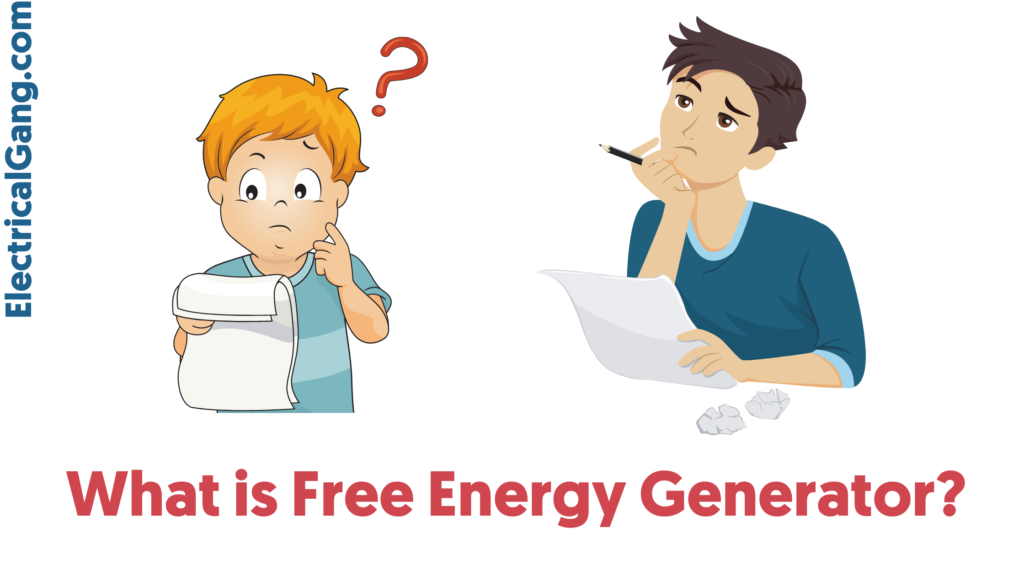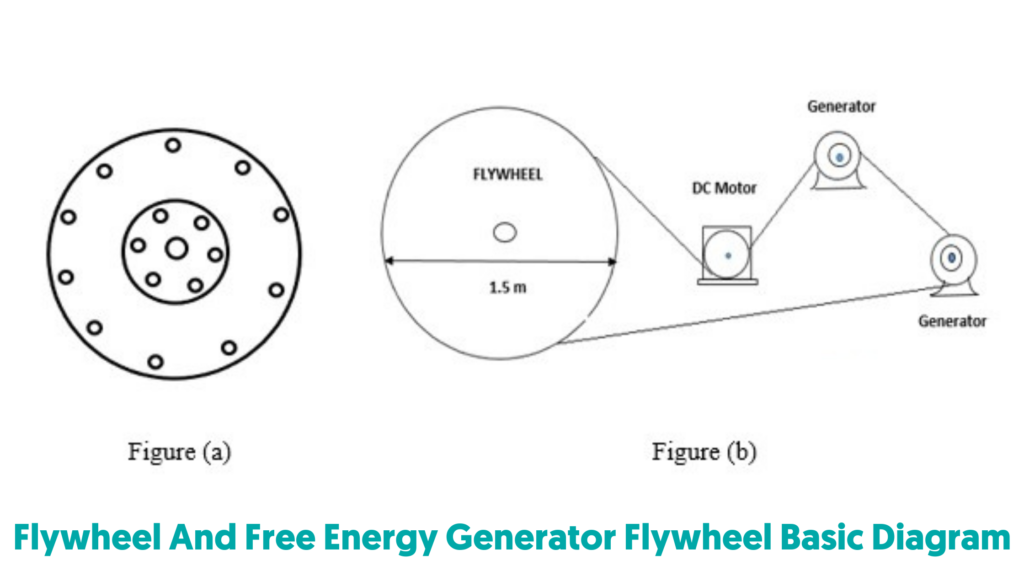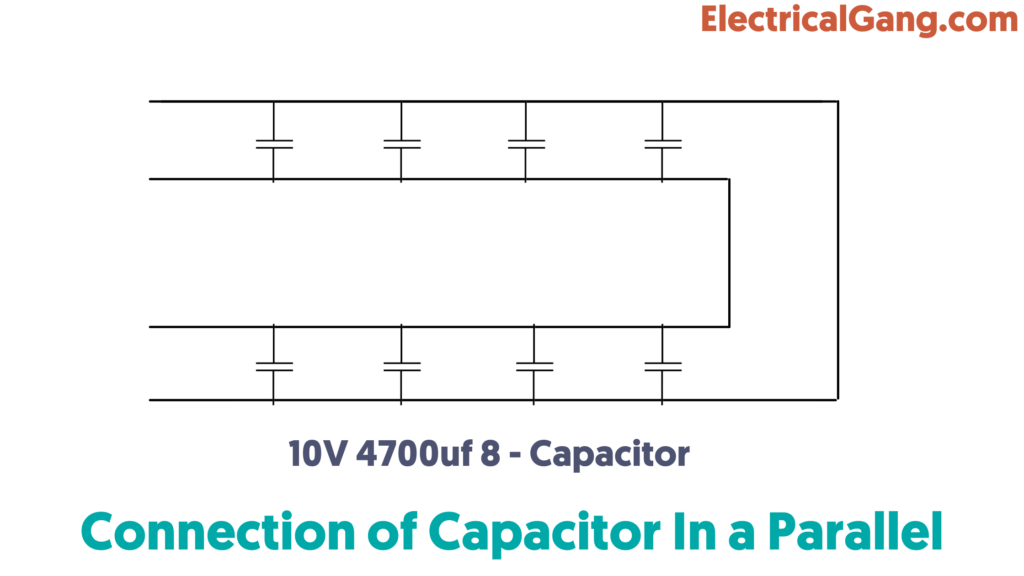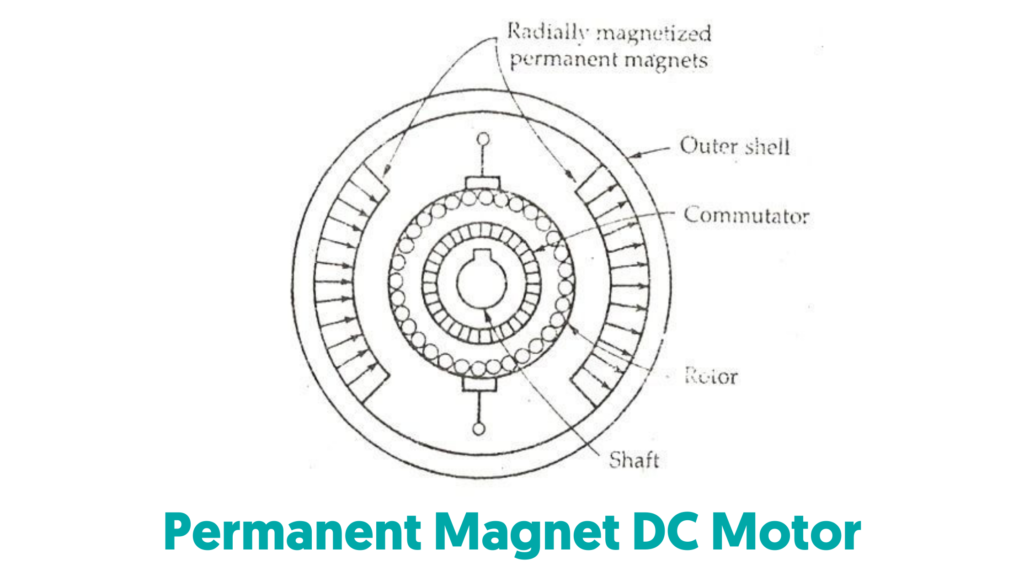
Nikola Tesla was the first to invent free energy using coils. With the help of a generator, mechanical energy is converted into electrical energy. The essential components of a generator are the magnetic field and the motion of the conductor in the magnetic field. A free energy generator is a device. Used to generate electrical energy based on the neodymium magnet principle.
Different types of generators of various sizes are available in the market. Just like a free energy generator is also a quality generator. Which is used to generate electrical energy. Today’s article will discuss the overview of free energy generators and see their advantages and disadvantages.
What is Free Energy Generator?

A free energy generator is a special type of device used to generate electrical energy. This generator works on the working principle of a neodymium magnet. Production of some free energy generators Hydro Generators and Pelton Hydro Turbine Generator, Hydro Turbine, Renewable Free Energy Water Wheel, Pelton Turbine Generator 50 KW Micro Hydropower Turbine, 30Kw 150rpm 400vrtern Generator Free Energy Generator, etc.
Suggested Read: What Is DC Generator | Types Of DC Generator
Flywheel Moment of Inertia Derivation:
The flywheel is necessary for the storage of energy as the engine generates energy in just one stroke. Also, it completes in 4 strokes is a suction stroke, compression stroke, power stroke or extension stroke, and exhaust stroke. Power is a stroke in which we get energy from the engine. And the energy from the power stroke remains to be stored somewhere so that it can be used to make the remaining three strokes.
The flywheel stores energy using its moment of inertia, and the flywheel stores energy in a formula such as
E = 1/2 Iω2
Where ‘E’ is the energy.
‘I’ is the moment of inertia.
‘ω’ is the angular velocity.
The calculation by the moment of inertia is done as follows:
I = 1/2 m (r external2 + r internal 2)
The energy stored by the chakra must be greater than the energy required to perform the suction stroke, compression stroke, and exhaust stroke. If the energy stored by the cycle is less than the energy required to perform the suction stroke, compression stroke, and exhaust stroke, then the engine will not work as it will not be able to handle the remaining three strokes.
Those flywheels were made only from cast iron, but now it is not so. In industries currently, flywheels are made by selecting various materials like steel, cast iron, aluminum, etc. The flywheel cannot maintain a constant speed. But only prevents fluctuations in energy.
If the mass in the above figure moves towards the earth, then the static energy of the mass will be equal to MGH.
P.E (Potential Energy) = MGH
When the mass decreases, the potential energy also decreases. And this potential energy is divided into three paths.
- Path 1: The kinetic energy of translation = 1/2 mv2.
- Path 2: Rotational kinetic energy = 1/2 I ω2.
- Path 3: Work against friction = n1 f.
The potential energy of MGH is divided into exactly three paths. These are translational kinetic energy, rotational kinetic energy, and work against friction which is expressed in this way.
Mgh = Translational K.E + Rotational K.E + Work Against Friction… eq (1)
Linear velocity is equal to angular velocity and is expressed as.
V = r*ω…….. eq(2)
When the mass moves downwards, so frictional kinetic energy is used against frictional energy.
1/2 I ω2 = n2 f f = I ω2 / 2n2……….. eq(3)
Substitute eq (2) and eq (3) in eq (1) will get
Mgh = 1/2 m r2 ω2 + 1/2 I ω2 + n1 I ω2 / 2n2……….. eq(4)
Multiply the above equation by two will get
2 Mgh = m r2 ω2 + I ω2 + I ω2 (1 + n1/ n2) 2 Mgh – m r2 ω2 = I ω2 (1 + n1/ n2) 2 Mgh – m r2 ω2/ ω2 (1 + n1/ n2) = I I = (2 Mgh- m r2 ω2/ ω2) / (1 + n1/ n2)……….. eq(5)
The average velocity of the flywheel is ω/2
Average velocity = 2Πn / t
Where n becomes n2
ω/2 = 2Π n2 / t ω = 4Π n2 / t ….. eq(6)
Substitute eq (6) in eq (5) will get.
I = (m(2ght2/16 Π2 n22)-r2) / (1 + n1/ n2) I = (m(ght2/8 Π2 n22)-r2) / (1 + n1/ n2)……….. eq(7)
Where height (h) = 2rn1…… eq(8)
Substitute eq (8) in eq (7) will get.
Where height (h) = 2rn1……… eq(9)
Substitute eq (8) in eq (7) will get.
I = (m(g2Πrn1t2/8 Π2 n22)-r2) / (1 +n1 / n2) I = mr*((gn1t2/Π n22)-r)/ (1 + n1/ n2)……….. eq(10)
An equation (9) is the moment of inertia in kg/m2.
Flywheel Working:
As in a sewing machine, there are two wheels, one big wheel, and the other small wheel. These two wheels are connected to each other by a rope. When we move a large wheel through the foot, it transfers this motion to the smaller wheel through a rope.
The small wheel acts as a pulley and rounds the sewing machine. And the thing to note is that even when you stop moving the big wheels, they continue for a short time due to inertia.
A flywheel is a device that stores and supplies mechanical energy when needed and acts as energy storage. Figure (a) is the flywheel, and Figure (b) is the original image of the energy-free energy generator flywheel shown below.

Power is used in procreating engines to store a small amount of energy during a stroke and to return it during the next cycle. Similarly, it is used in toy cars, gyroscopes, etc.
Suggested Read: What is Diesel Generator | Diesel Generator Parts and Their Function
Making of Free Energy Using Capacitor:
Some components are needed to generate free energy using a capacitor. There are eight capacitors such as 10v and 4700uf, printed circuit board, soldering iron, and soldering wire. Connect the capacitor in the first parallel circuit and draw a circuit diagram. All negative side capacitors are connected to one wire, and all negative side capacitors are connected to another wire like the circuit diagram shown below.

Now connect all the capacitors to the PCB using a circuit diagram. This is a process of generating free energy with the help of a capacitor. Once the process is completed, the step test is done. First, we have to charge the capacitor 6 to 8 volts then test the DC motor or LED. If the connection is made properly, the LED will flash, and the DC motor will start running.
Permanent Magnet DC Motor:
PMDC motor is a permanent magnet DC motor which consists of two main components one is the rotor, and the other is the stator. Therefore it is necessary to construct a DC motor to establish the magnetic field. Magnetic can be any type of electric magnet or permanent magnet. Whereas in a DC motor, a permanent magnet is used to create a magnetic field. That is why it is known as a permanent magnet DC motor.
Here the stator permanent magnet and the permanent magnet mounted in the peripheral of the stator are arranged in such a way that the N pole S pole of each magnet alternately faces each other. The rotor of this motor is similar to other DC motors. The rotor or armature has a core, winding, and commutator. The permanent magnet DC motor is shown in the figure below.

The armature core is made up of many insulated slotted round dimensions of steel sheets. This circular steel is made up of one armature core after another. The armature conductor is connected to the rotor in a star connection. And the second terminal of the winding is connected to the commutator segment mounted on the motor shaft.
The armature is placed with a spring on a carbon or graphite commutator segment to supply current. While the supply was given a current pass from commuter segment AB, BC, or CA. Suppose the current passes through the CA path. So that coil behaves like the north pole, then the torque acts on the rotor. Since the south pole experiences a repulsive force due to the permanent magnet and the north pole’s permanent magnet, this will cause the rotor to rotate.
DC motor efficiency improves when input power is consumed, and this permanent magnet is one of the advantages of a DC motor.
Suggested Read: What is Diesel Generator | Diesel Generator Parts and Their Function
Advantages of Free Energy Generator:
The benefits of a free energy generator are as follows:
- It is extremely easy to operate.
- It occurs without any biohazard.
- Easy to maintain.
- Easy to build.
- High torque.
- Better dynamic performance.
- Generating energy does not require input energy or any external energy.
Disadvantages of Free Energy Generator:
The disadvantages of free energy generators are as follows:
- The cost of a permanent magnet is very high.
- Corrosion of magnets and possible demagnetization.
Applications of Free Energy Generator:
The application of a free energy generator is as follows:
- Escalator.
- Elevators.
- Electric road vehicles.
- Used to charge the battery.
- Used in vehicles.
- Used in LEDs and bulbs.
Most Commonly Asked Questions:

Is a Free Energy Generator Possible?
The free energy machine does not work. No machine has the power to generate energy from zero as this mass violates the law of energy conservation. What is fundamental and universal The law of collective energy conservation states that energy cannot be created or destroyed, only that it is transformed from one form to another.
What is a free energy generator?
A free energy generator is a special type of device used to generate electrical energy. This generator works on the working principle of a neodymium magnet. Production of some free energy generators Hydro Generators and Pelton Hydro Turbine Generator, Hydro Turbine, Renewable Free Energy Water Wheels, Pelton Turbine Generator 50 KW Micro Hydropower Turbine, 30Kw 150rpm 400vrtern Generator Free Energy Energy Generator, etc.
What are the types of DC Motors?
The DC (Direct Current) motor is of three types they are Permanent Magnet DC Motor (PMDC), Shunt Wound DC motor, Series Wound DC Motor, and Compound Wound DC Motor.
Did Tesla get free energy?
One of Nikola Tesla‘s endeavors to provide free energy to everyone in the world was his world power system, a method of transmitting electrical energy without wires that never ended. Still, his dream was to provide energy to all parts of the world.
Like this post? Could you share it with your friends?
Suggested Read –
Hi, Vishnu Patil As you know equal and opposite reactions happen, Would you be interested in looking at a motor schematic that convert permanent magnetic force for an outcome where the counter-reaction is less than the action force? As for flywheel energy, whatever goes up must come down 1 to 1
Unless the counter reaction somehow produces less than the action force there is balance minus energy loss 4 square and friction.
I have solved this issue mostly by using two energy input to one counter reaction force. or 2 energy actions – 1 energy counter reaction = 1 usable power output.